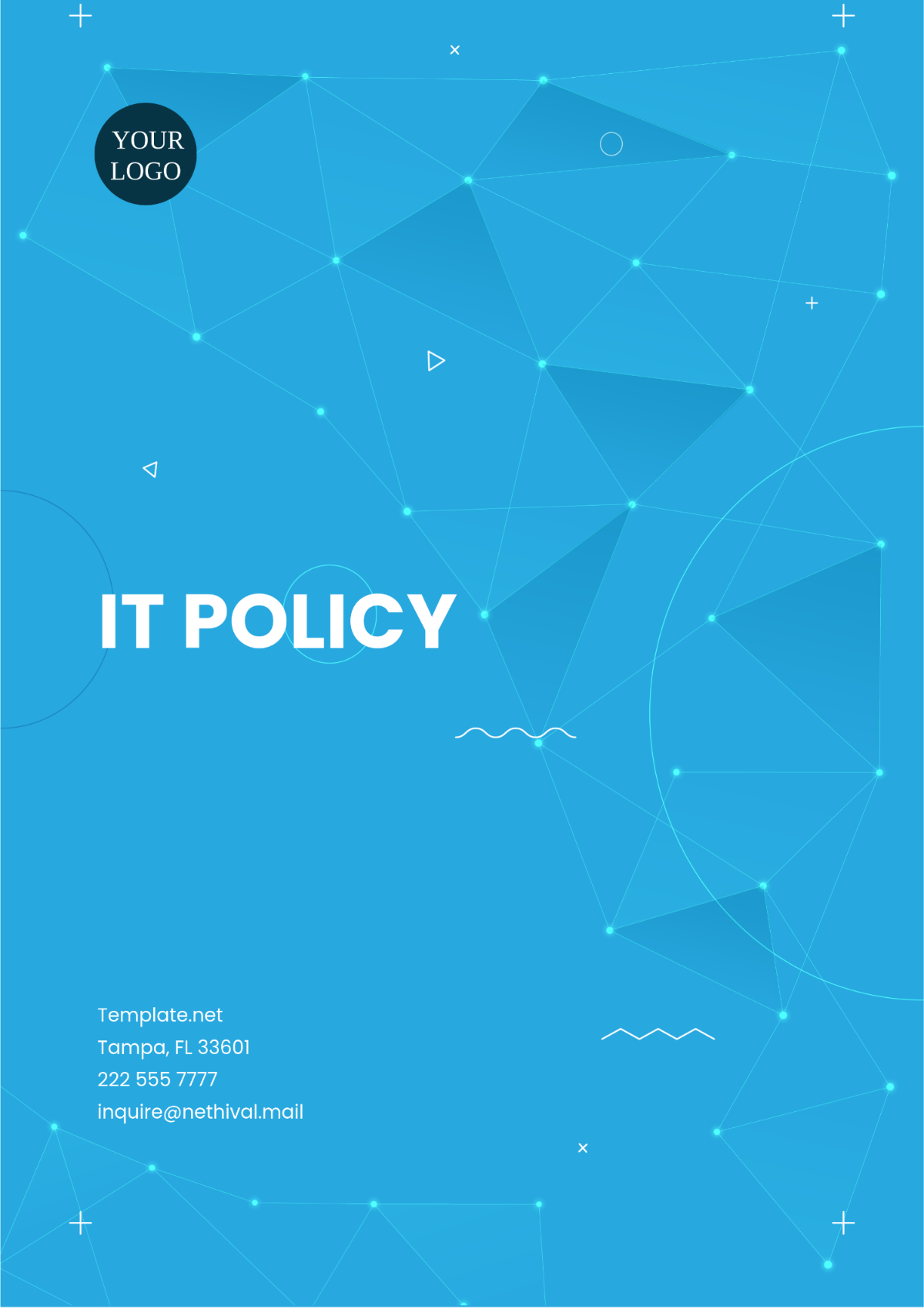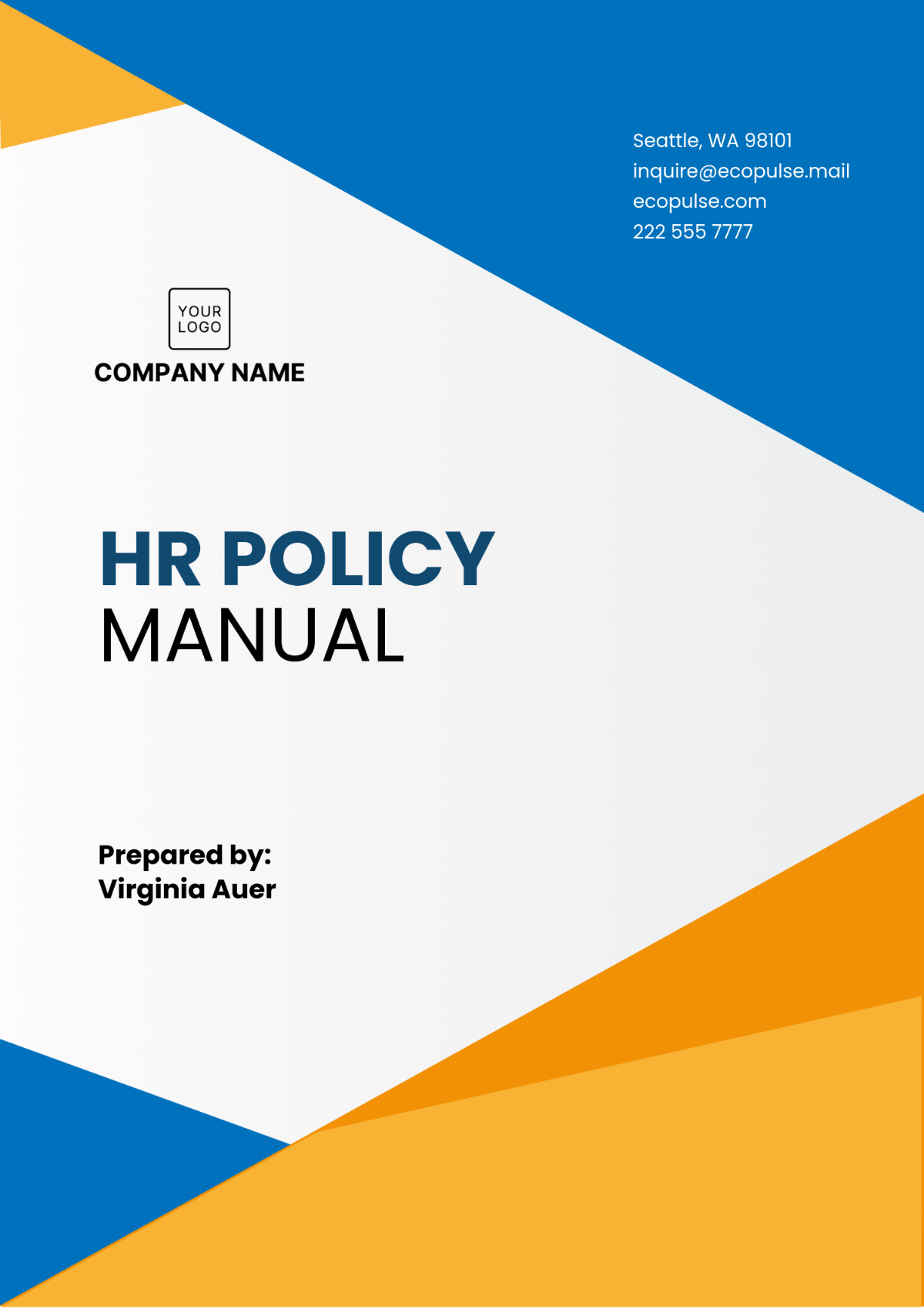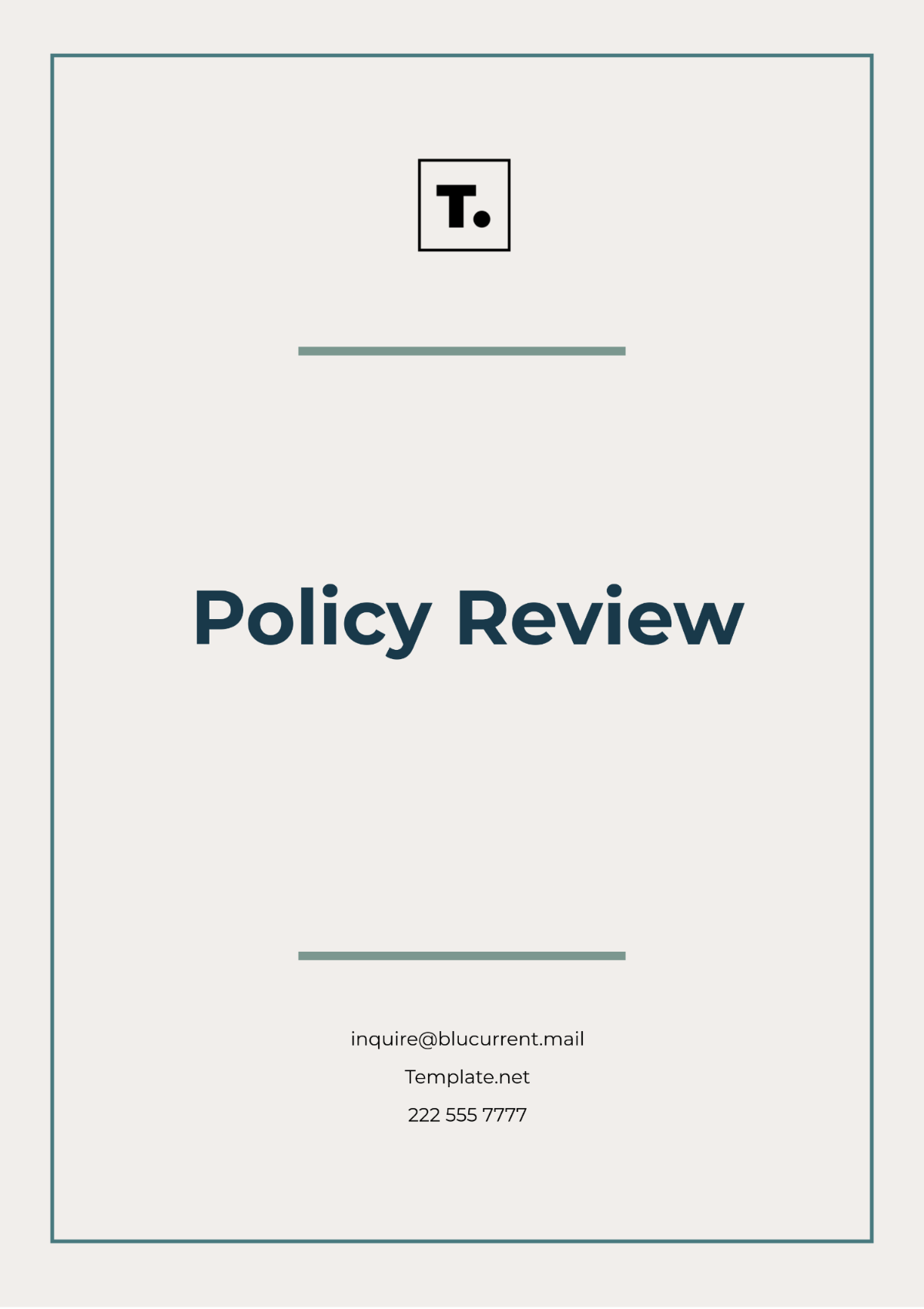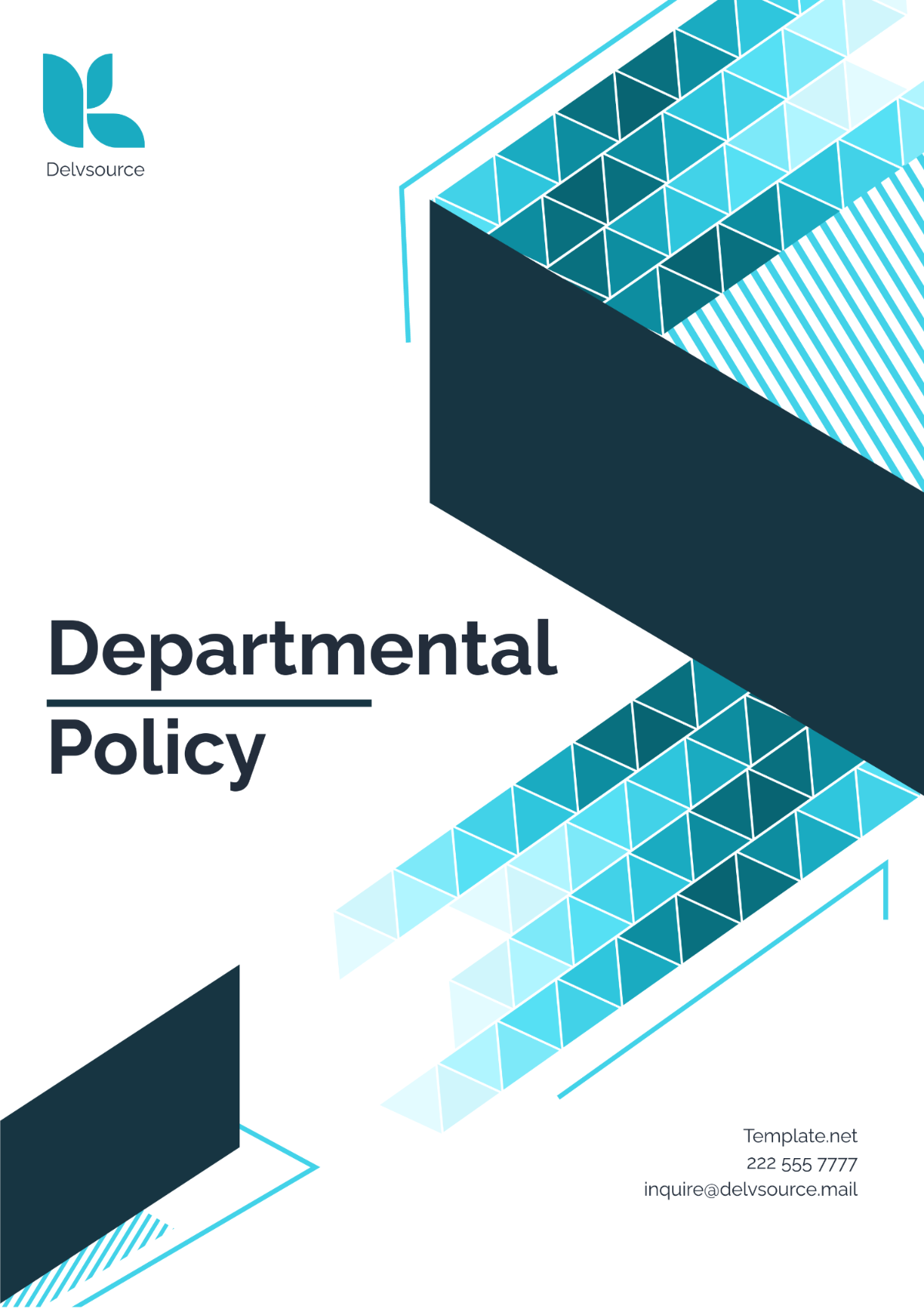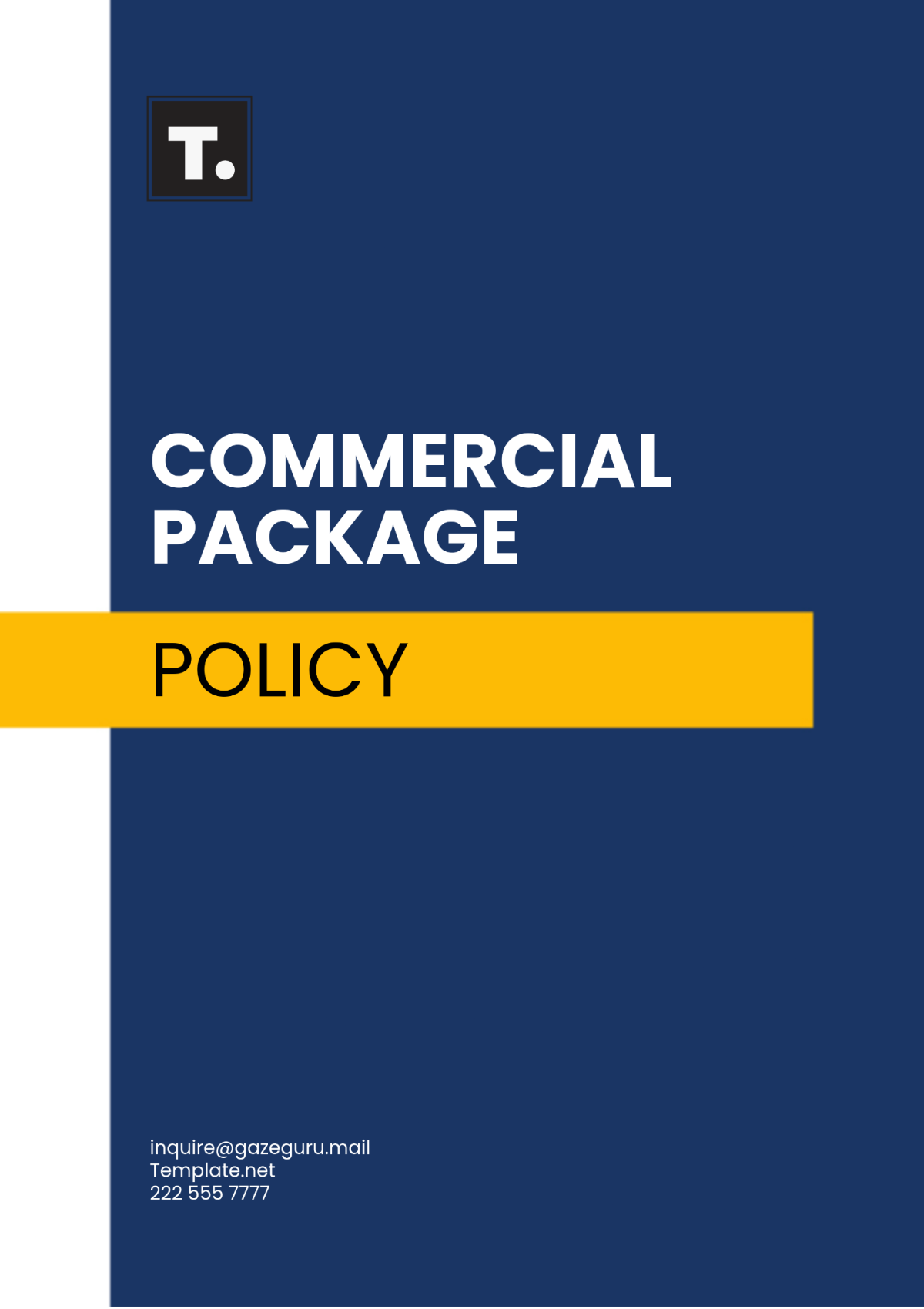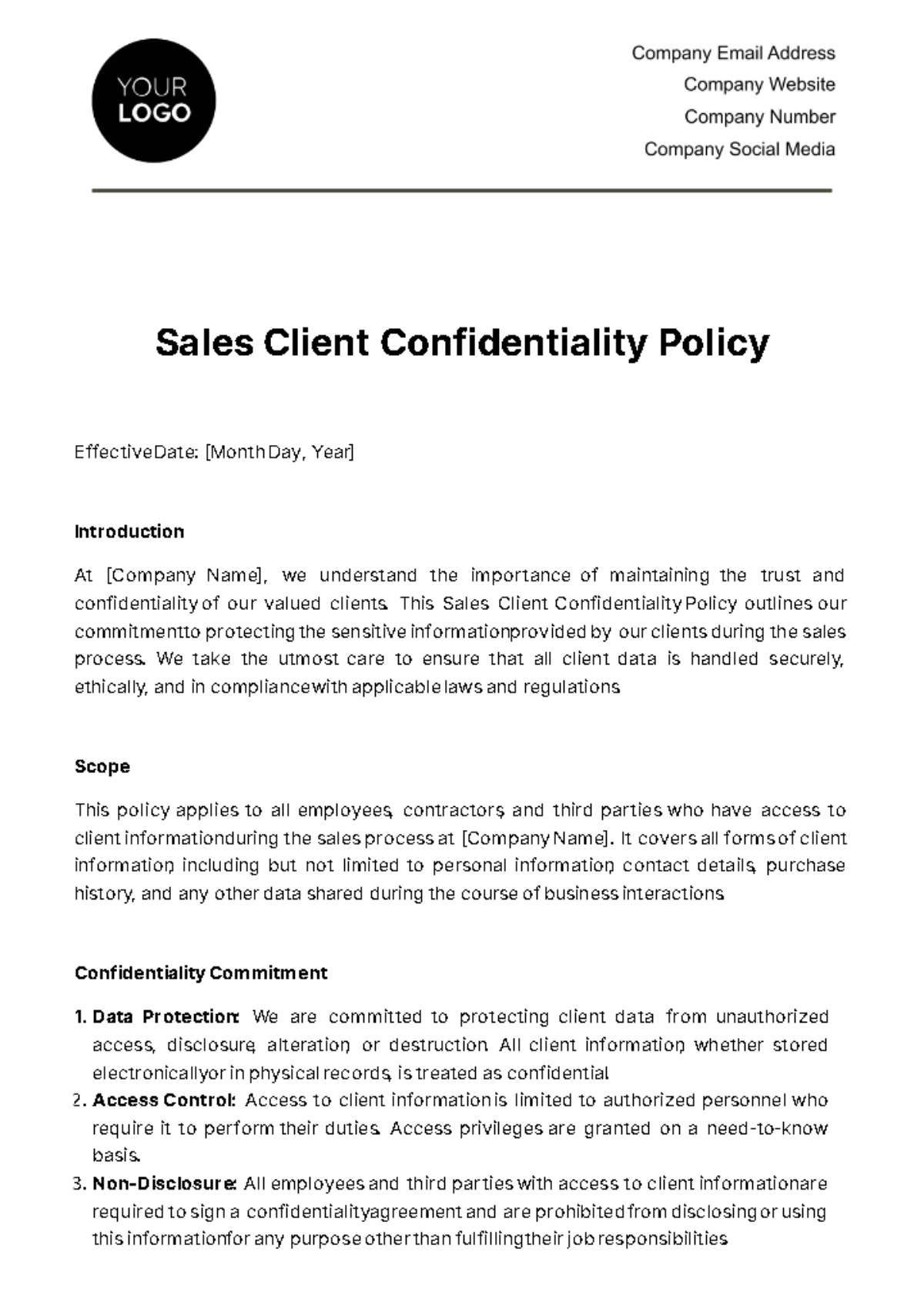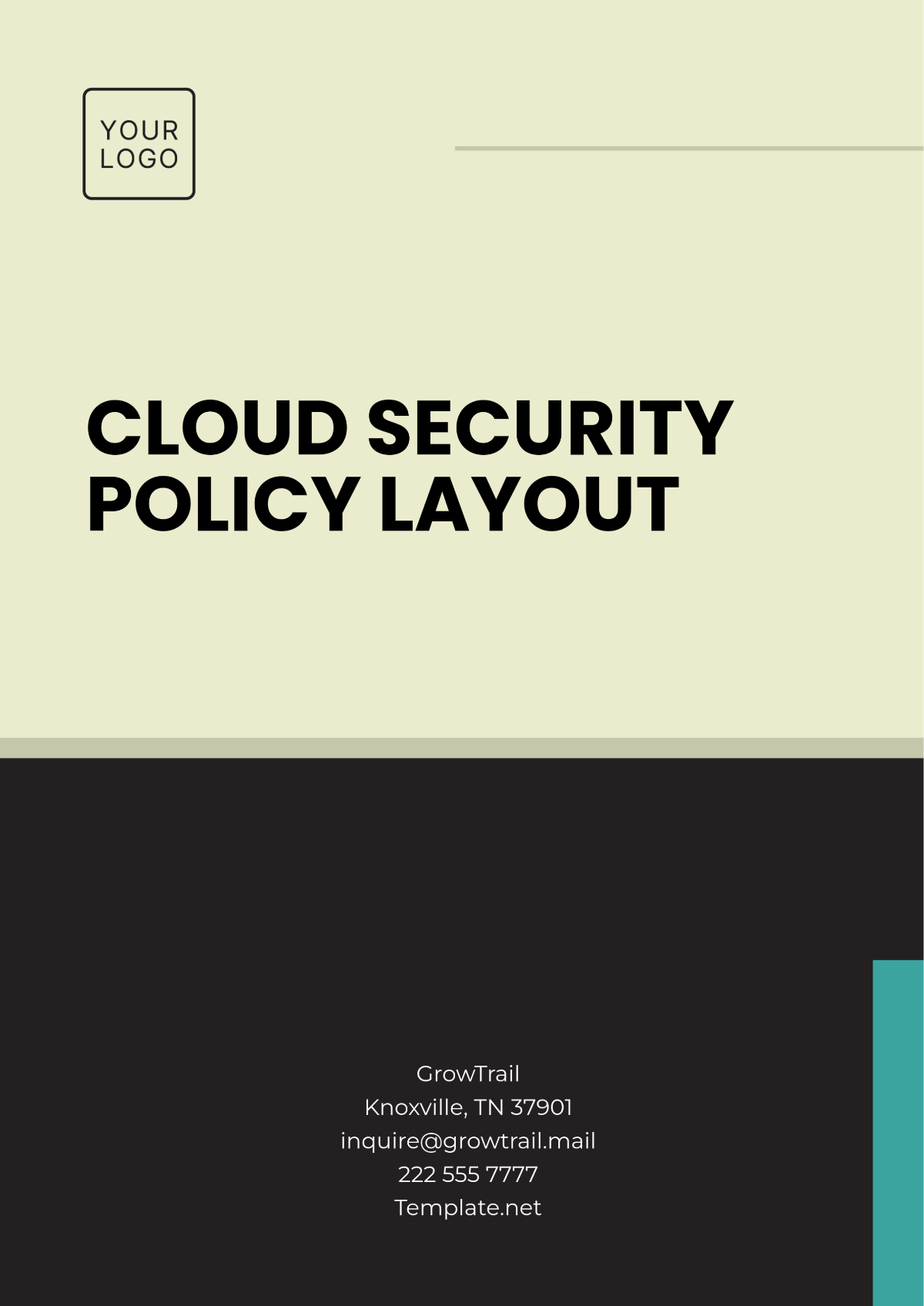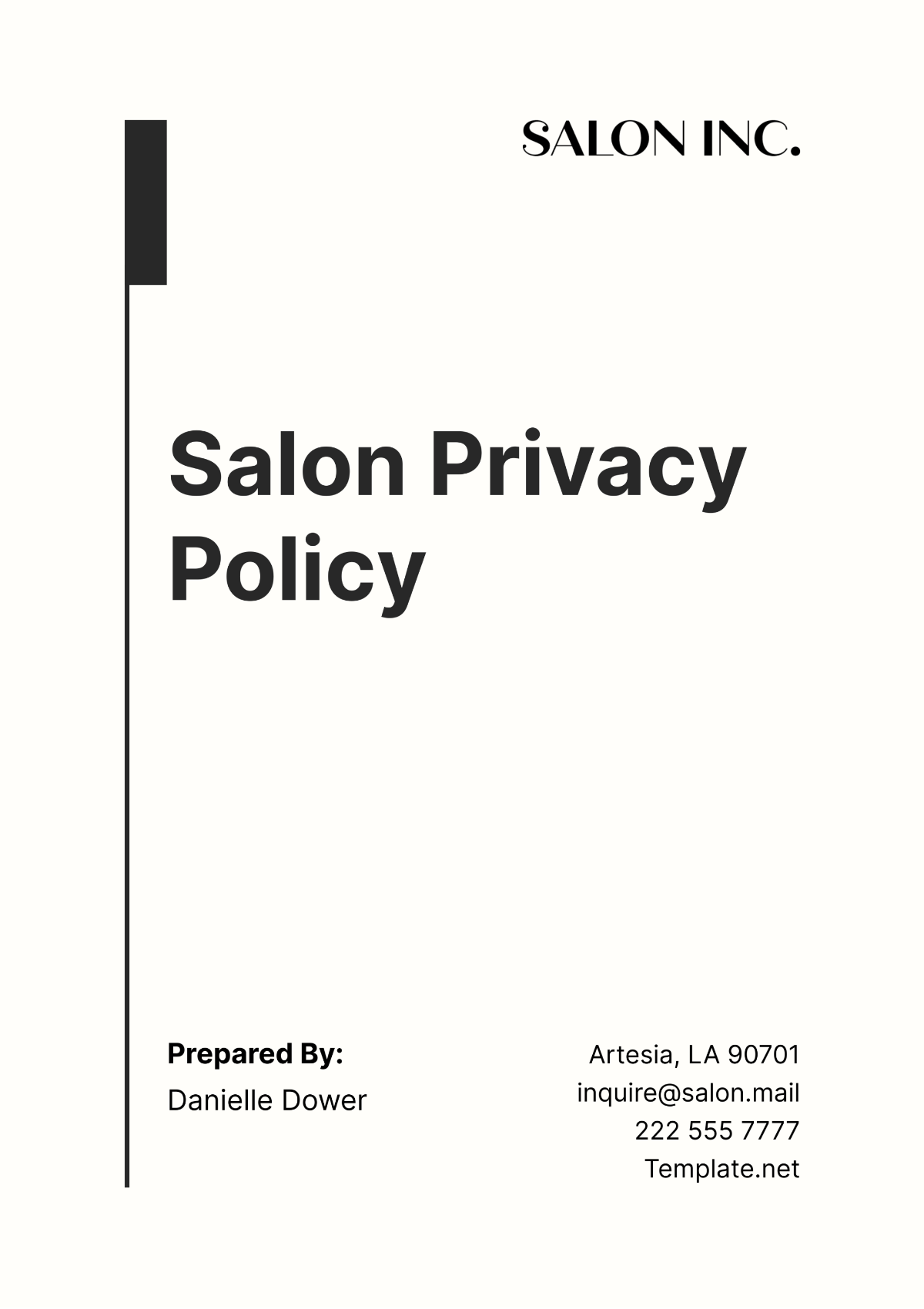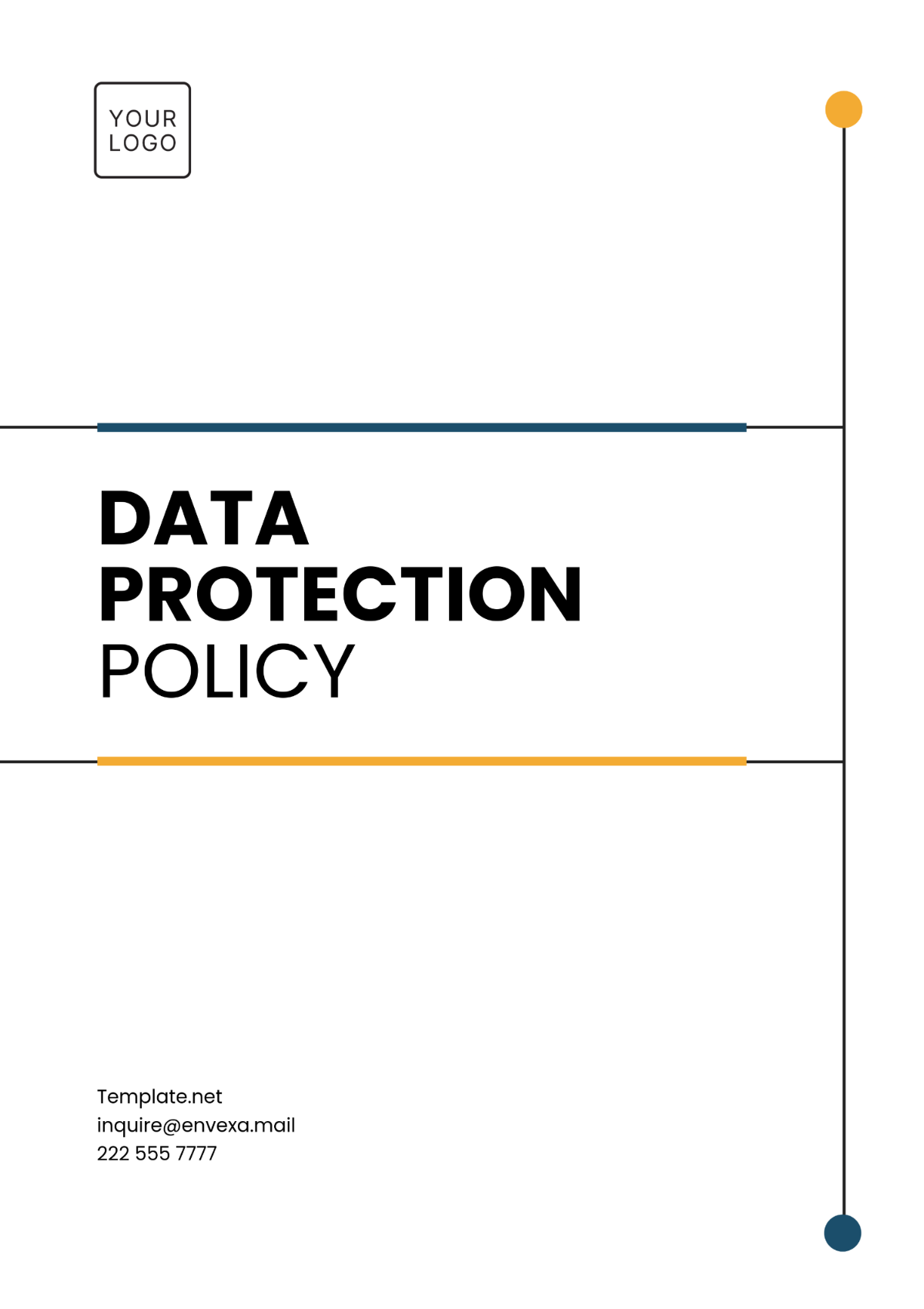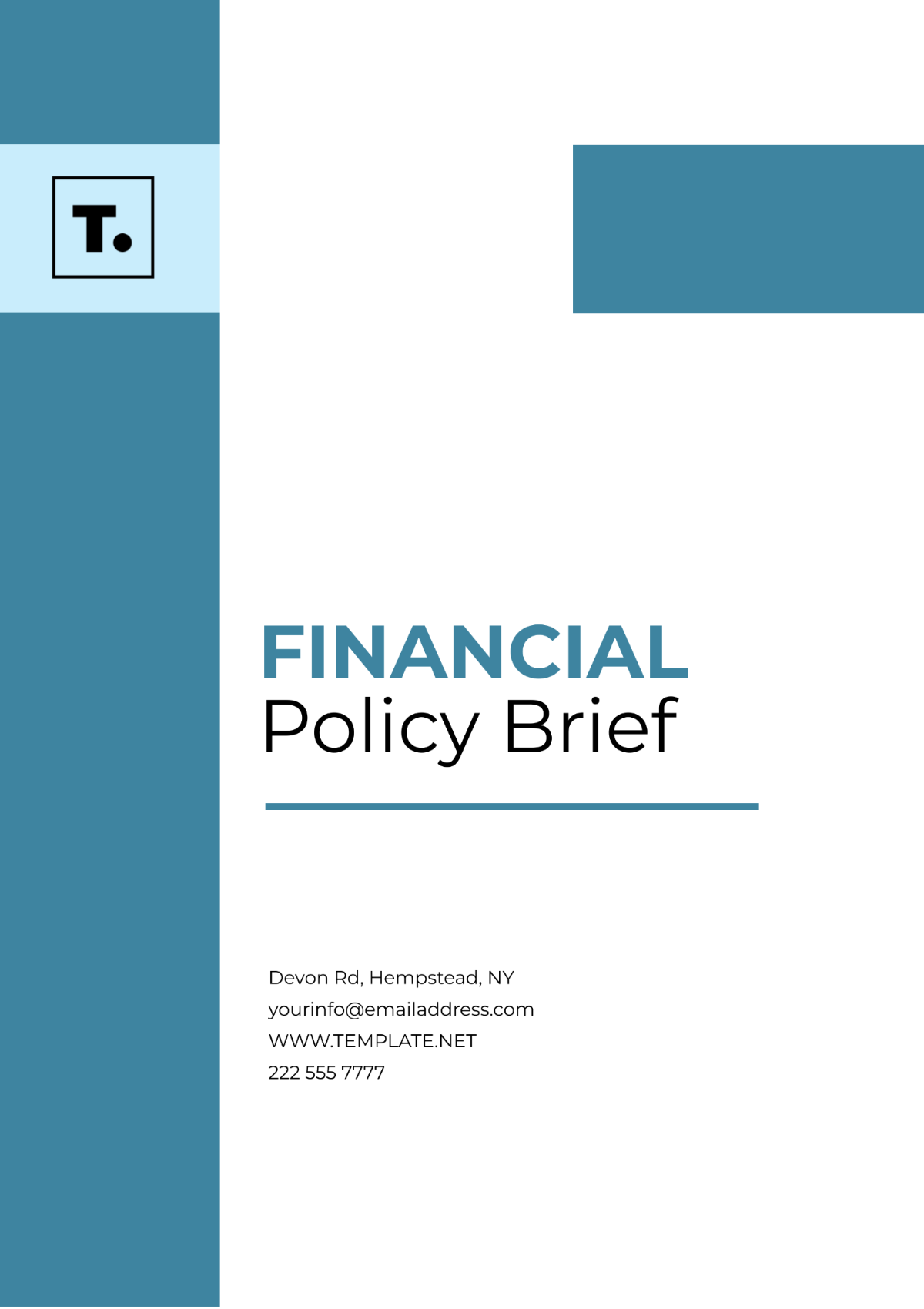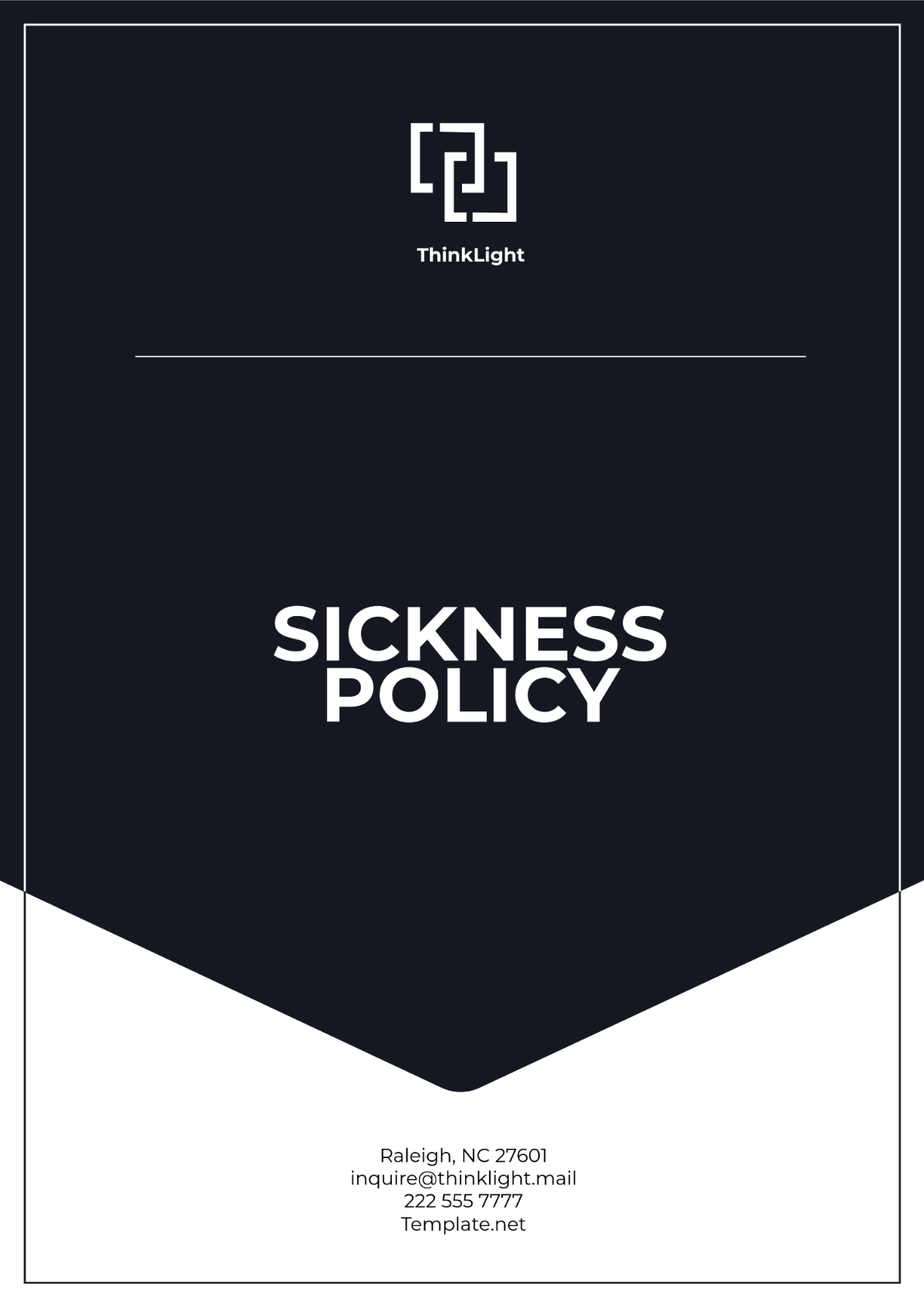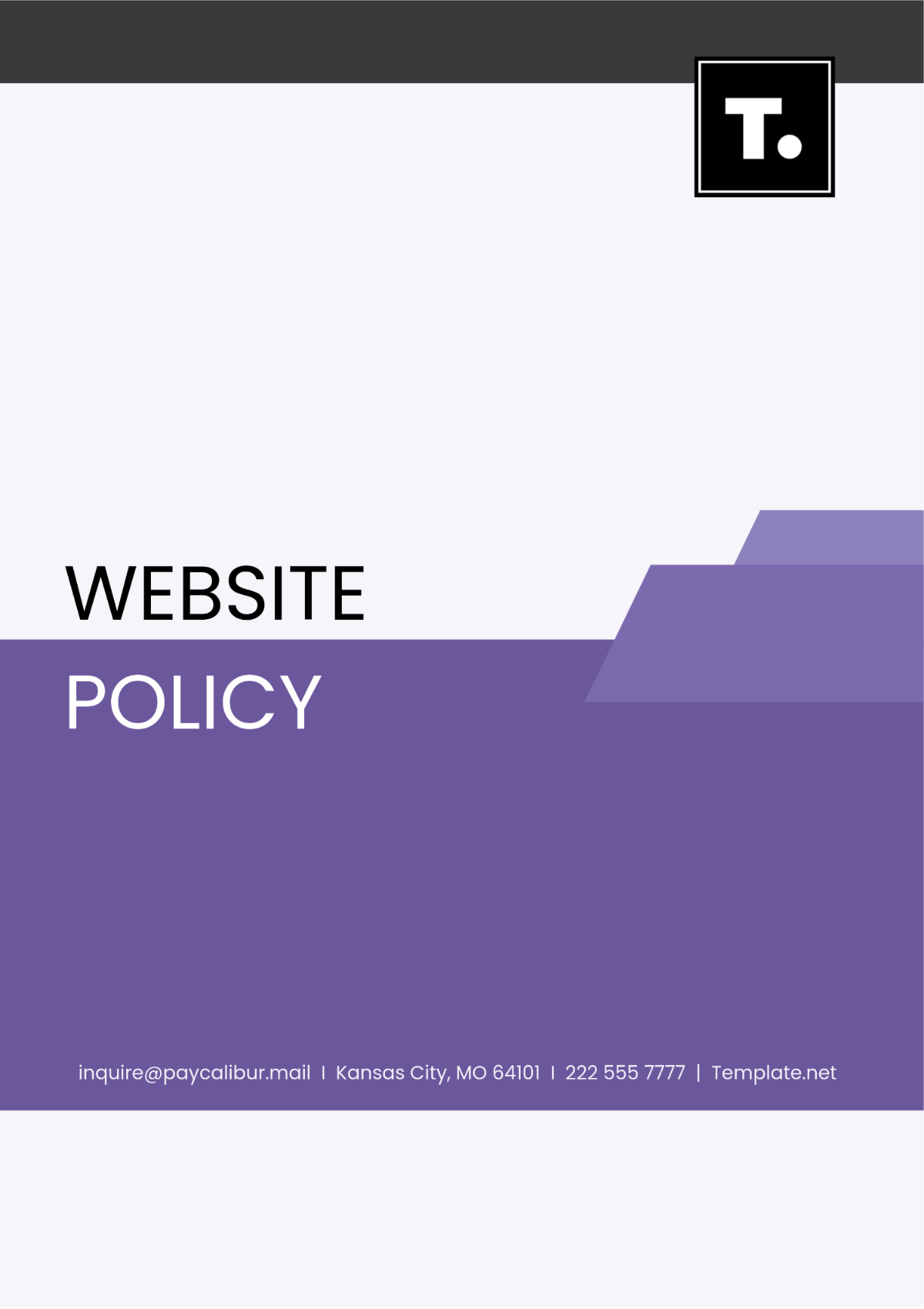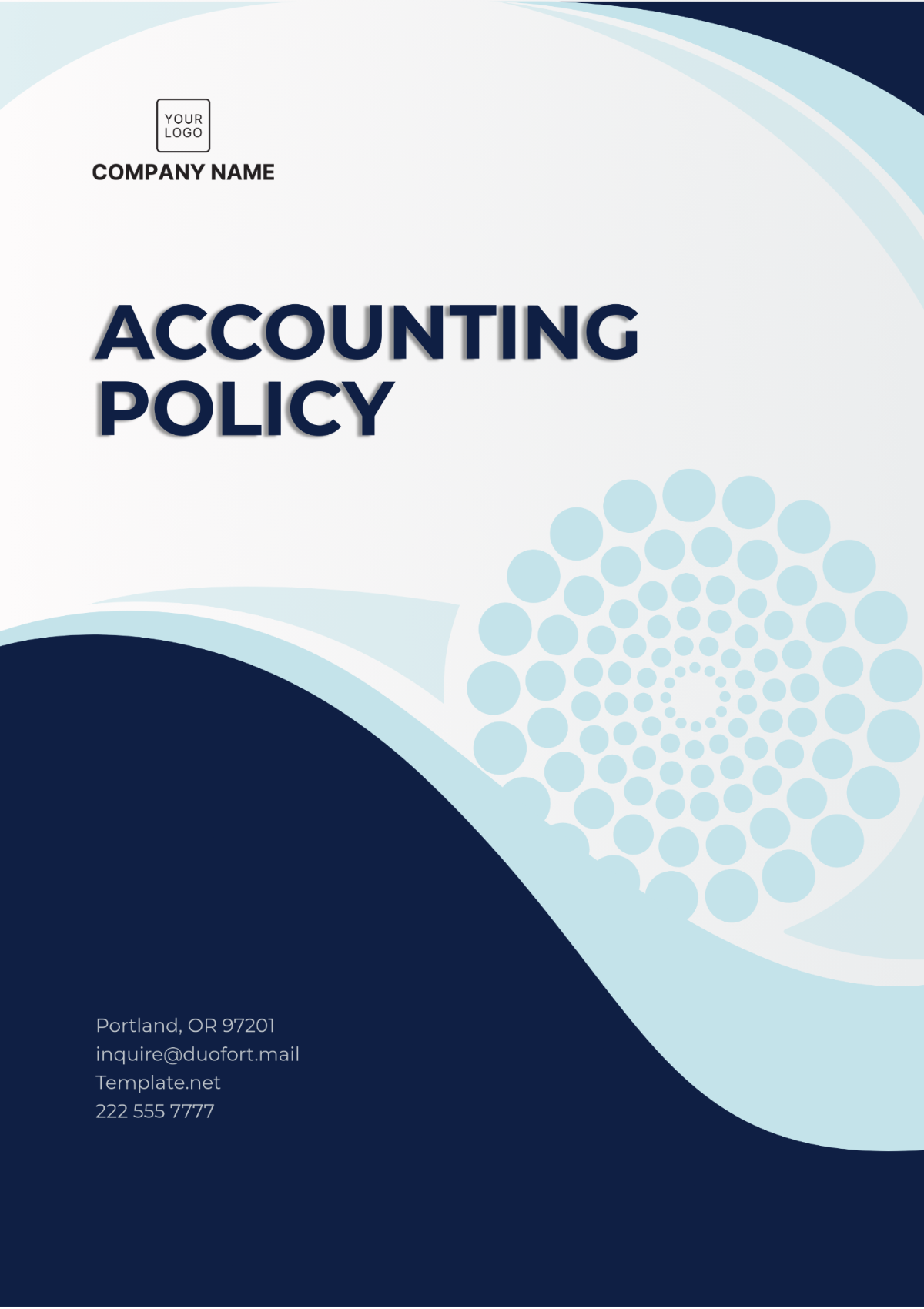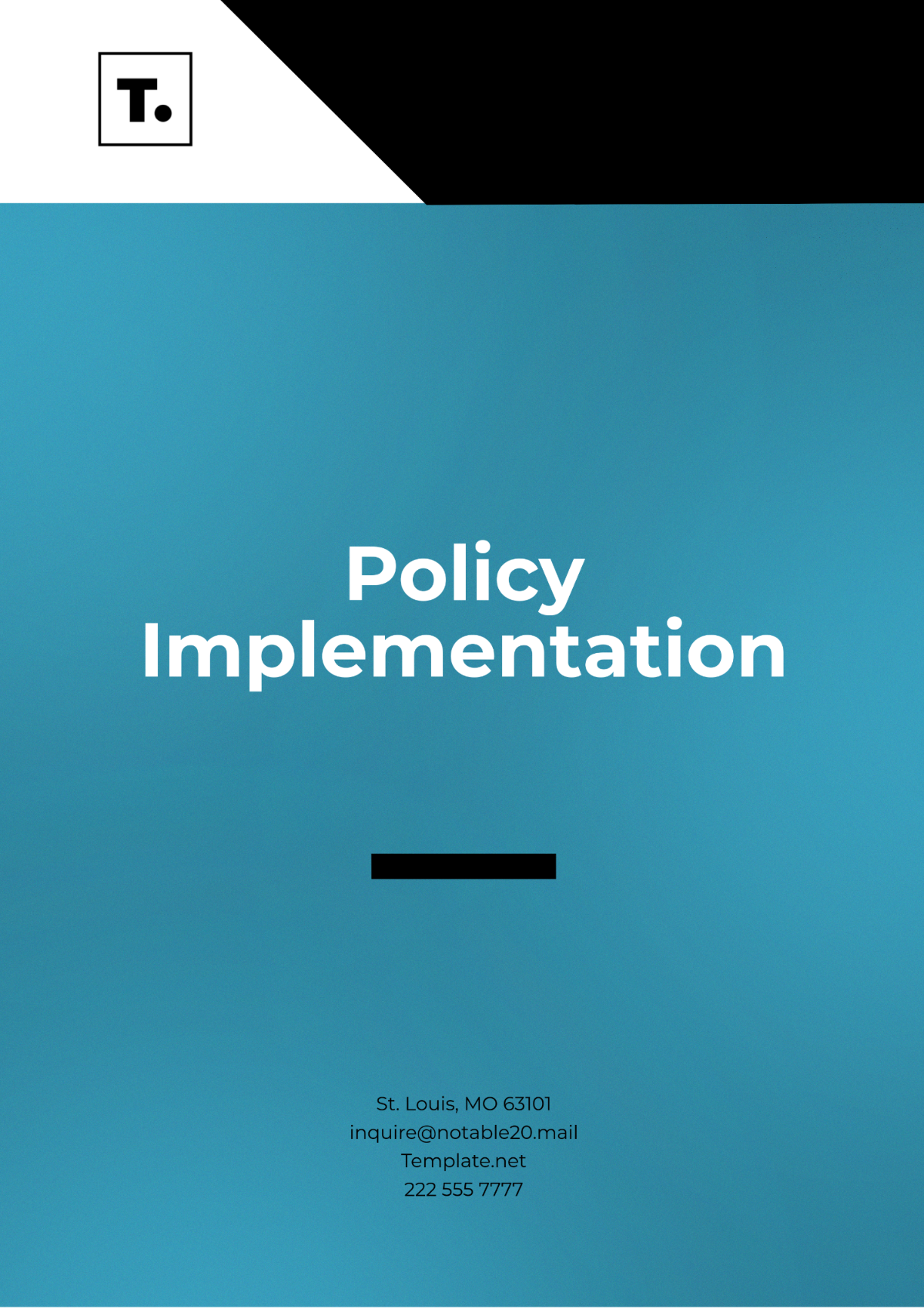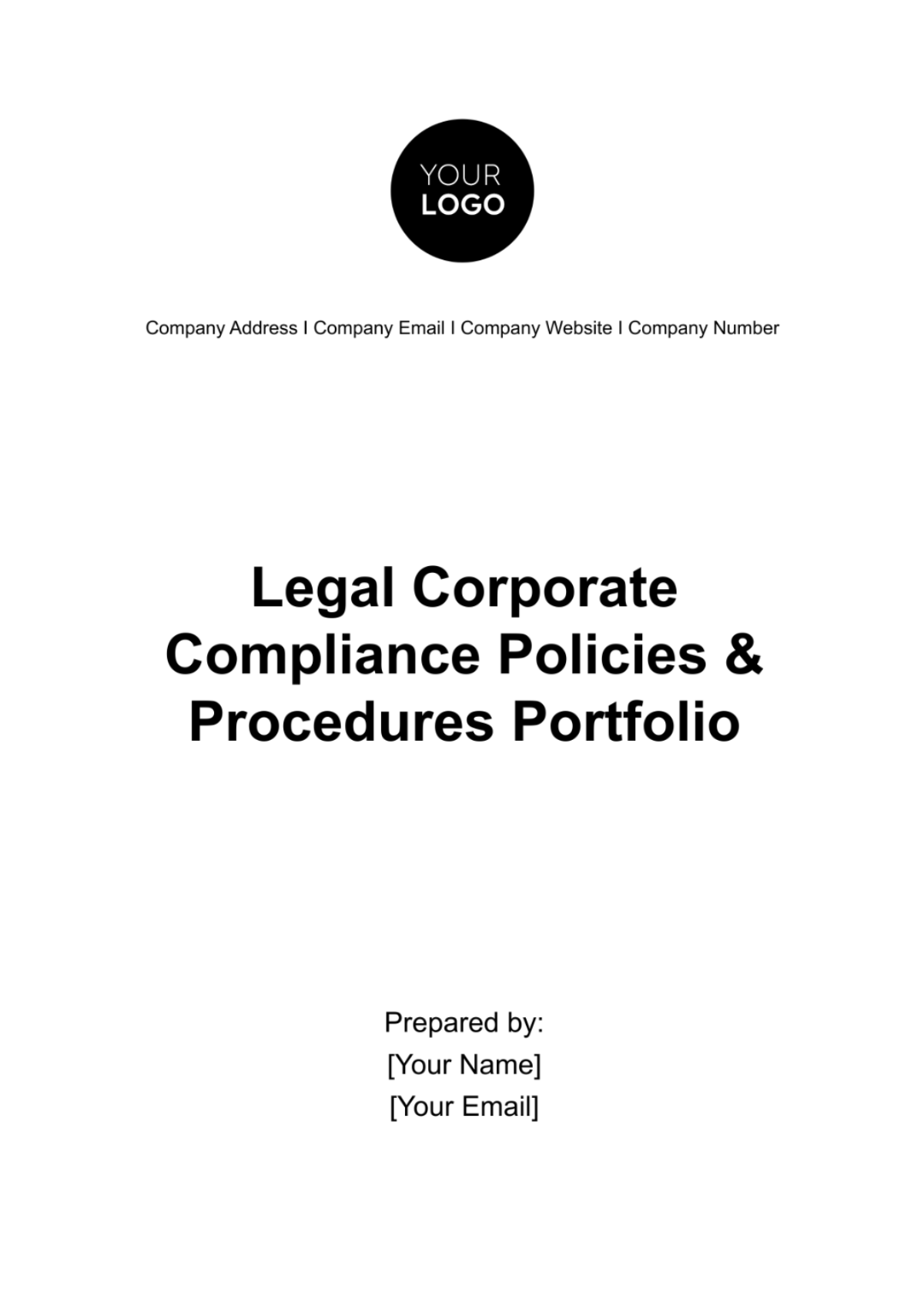Architecture Policy and Procedure
I. Introduction
A. Purpose of the Architecture Policy and Procedure
The Architecture Policy and Procedure (APP) document serves as a comprehensive guide for the design, development, implementation, and management of architecture within [Your Company Name]. It establishes the principles, standards, processes, and responsibilities necessary to ensure alignment with business objectives, regulatory requirements, and industry best practices.
B. Scope and Applicability
This APP applies to all architecture-related activities conducted within [Your Company Name], including but not limited to enterprise architecture, IT architecture, software architecture, data architecture, and solution architecture. It is applicable to all employees, contractors, vendors, and stakeholders involved in architecture planning, development, and governance.
C. Definitions and Terminology
Architecture: The fundamental organization of a system embodied in its components, their relationships to each other and the environment, and the principles guiding its design and evolution.
Enterprise Architecture: The holistic view of an organization's structures, processes, systems, and technologies in alignment with its business objectives.
IT Architecture: The structure and behavior of an organization's information technology systems and infrastructure.
Architecture Principles: Fundamental guidelines and rules that guide the design and development of architecture within the organization.
II. Architecture Governance
A. Governance Structure
The Architecture Governance Board (AGB) is responsible for overseeing architecture-related activities, ensuring alignment with business objectives, and resolving architectural conflicts. The AGB consists of executive sponsors, enterprise architects, IT leaders, and representatives from key business units.
B. Roles and Responsibilities
Executive Sponsors: Provide strategic direction and support for architecture initiatives.
Enterprise Architects: Develop and maintain the architecture strategy, principles, and standards.
IT Leaders: Implement architecture decisions and allocate resources accordingly.
Business Representatives: Provide input on architecture requirements and priorities.
Architecture Governance Board: Review and approve architecture artifacts, resolve conflicts, and enforce compliance.
C. Decision-Making Processes
Architecture decisions are made based on consensus among relevant stakeholders, considering factors such as business impact, technical feasibility, risk assessment, and compliance requirements. Major architectural decisions require approval from the Architecture Governance Board.
D. Communication and Reporting Mechanisms
Regular communication channels, including meetings, emails, and collaborative platforms, are utilized to disseminate architecture-related information, updates, and decisions. Formal reports are submitted to executive sponsors and stakeholders to provide visibility into architecture initiatives and progress.
III. Architecture Principles
A. Definition of Architecture Principles
Architecture principles are fundamental guidelines that inform and constrain the design and evolution of architecture within [Your Company Name]. They provide a framework for decision-making, ensuring consistency, interoperability, security, and scalability across architectural solutions.
B. List of Core Architecture Principles
Modularity: Architectural components should be designed to be modular and loosely coupled to facilitate flexibility and reusability.
Standardization: Use standardized technologies, protocols, and interfaces to promote interoperability and simplify integration.
Security by Design: Incorporate security considerations into all architectural decisions and implementations to protect sensitive data and assets.
Scalability: Design architecture to scale horizontally or vertically to accommodate growth and changes in demand.
Simplicity: Favor simple and straightforward architectural solutions over complex ones to minimize maintenance and support costs.
Flexibility: Design architecture to be adaptable to changing business requirements and technological advancements.
Transparency: Ensure transparency in architecture decisions and processes to promote understanding and collaboration among stakeholders.
Compliance: Adhere to relevant regulatory requirements, industry standards, and best practices in all architectural solutions.
C. Rationale and Justification
Each architecture principle is accompanied by a rationale and justification that explains its importance, benefits, and implications for [Your Company Name]. This helps stakeholders understand the reasoning behind the principles and reinforces their adoption and adherence.
IV. Architecture Standards
A. Definition of Architecture Standards
Architecture standards define the preferred technologies, platforms, protocols, and practices to be used in the design and implementation of architectural solutions within [Your Company Name]. They promote consistency, interoperability, and maintainability across the enterprise.
B. Technology Standards
Operating Systems: Preferred operating systems for servers, workstations, and mobile devices.
Programming Languages: Recommended programming languages for application development.
Middleware: Approved middleware platforms for integration and communication.
Databases: Standard database technologies for storage and management of data.
Networking: Guidelines for network protocols, topologies, and security mechanisms.
C. Data Standards
Data Models: Standard data models for representing and organizing enterprise data.
Data Formats: Recommended data formats and encoding standards for interoperability.
Data Governance: Policies and procedures for data quality, privacy, and security.
D. Security Standards
Authentication and Authorization: Standard authentication mechanisms and access control policies.
Encryption: Guidelines for encryption algorithms and key management practices.
Security Baselines: Minimum security requirements for systems and applications.
Vulnerability Management: Procedures for identifying, assessing, and mitigating security vulnerabilities.
E. Interoperability Standards
APIs and Interfaces: Standard interfaces and protocols for interoperability between systems and applications.
Data Exchange Formats: Recommended formats for exchanging data between different systems.
Service-Oriented Architecture (SOA): Principles and standards for implementing service-oriented architectures.
F. Compliance Standards
Regulatory Compliance: Guidelines for complying with relevant laws and regulations, such as GDPR, HIPAA, and PCI DSS.
Industry Standards: Adherence to industry-specific standards and frameworks, such as ISO, ITIL, and NIST.
V. Architecture Development Process
A. Overview of the Architecture Development Lifecycle
The architecture development process follows a structured lifecycle, consisting of phases and activities that guide the creation of architectural solutions from conception to implementation.
B. Phases and Activities
Initiation: Define the scope, objectives, and stakeholders of the architecture initiative.
Planning: Develop a detailed project plan, including resource allocation, timelines, and deliverables.
Analysis: Conduct a thorough analysis of business requirements, technical constraints, and existing architecture.
Design: Develop conceptual, logical, and physical architecture designs based on analysis findings.
Implementation: Translate architecture designs into actionable plans for implementation by development teams.
Testing: Validate architectural solutions through testing, validation, and performance evaluation.
Deployment: Deploy architecture solutions into production environments and ensure smooth transition and integration.
Monitoring and Optimization: Continuously monitor and optimize architecture solutions to ensure alignment with business goals and performance objectives.
C. Deliverables and Artifacts
Each phase of the architecture development process produces specific deliverables and artifacts, including:
Architecture Vision and Scope Document
Business Requirements Document
Architecture Design Documents (Conceptual, Logical, Physical)
Implementation Plans
Test Plans and Reports
Deployment Documentation
Monitoring and Optimization Reports
D. Roles and Responsibilities
Enterprise Architects: Lead the architecture development process and oversee the creation of architecture artifacts.
Solution Architects: Design and document architectural solutions based on business requirements and design principles.
Development Teams: Implement architectural solutions in accordance with design specifications and standards.
Testing Teams: Validate architectural solutions through testing and verification activities.
Operations Teams: Deploy and maintain architecture solutions in production environments.
VI. Architecture Review Process
A. Purpose of Architecture Reviews
Architecture reviews are conducted to assess the quality, completeness, and compliance of architecture artifacts and solutions with established standards and principles. They ensure that architectural decisions align with business objectives and contribute to the overall enterprise architecture strategy.
B. Types of Architecture Reviews
Conceptual Review: Evaluate the high-level architecture vision, goals, and principles.
Design Review: Assess the detailed architecture designs, including conceptual, logical, and physical components.
Implementation Review: Validate the implementation of architectural solutions against design specifications and standards.
C. Review Criteria and Evaluation Metrics
Architecture reviews are guided by predefined criteria and evaluation metrics, which may include:
Alignment with Business Objectives
Compliance with Architecture Principles and Standards
Completeness and Consistency
Scalability and Performance
Security and Compliance
Interoperability and Integration
D. Review Schedule and Frequency
Architecture reviews are scheduled at key milestones throughout the architecture development process, such as after the completion of each phase or before major implementation efforts. The frequency of reviews may vary depending on the complexity and criticality of the architecture initiative.
E. Roles and Responsibilities
Reviewers: Subject matter experts and stakeholders responsible for evaluating architecture artifacts and providing feedback.
Architecture Governance Board: Approve review outcomes, provide guidance, and resolve issues identified during reviews.
Architecture Team: Address feedback and recommendations from reviews to refine architecture artifacts and solutions.
VII. Architecture Change Management
A. Change Control Process
The process of change control is responsible for overseeing the entire procedure that encompasses the submission, evaluation, approval, and implementation of amendments to architecture artifacts and solutions.
B. Change Request Submission and Evaluation
Change requests must be submitted through a designated change management system or process. These submissions should provide comprehensive details including the specific nature of the change requested, the rationale behind the need for such a change, and an analysis of the potential impact this change may have.
Change requests are evaluated based on predefined criteria, including alignment with architecture principles and standards, business impact, technical feasibility, and risk assessment.
C. Impact Analysis and Risk Assessment
Proposed modifications are subjected to a thorough impact analysis process to evaluate their anticipated effects on various architecture artifacts and system components, as well as to understand the potential implications these changes may have on stakeholders involved.
A risk assessment is carried out in order to identify and address any potential dangers or threats that may arise as a result of implementing the proposed changes. This process is crucial for ensuring that all associated risks are effectively mitigated.
D. Approval and Authorization
Requests for changes are systematically examined and subsequently authorized by designated entities, which include authorities like the Architecture Governance Board or other specifically designated approvers.
Decisions regarding approval take into account a variety of factors including the potential business value of the project, how well it aligns with the company's strategic objectives, and the measures implemented to mitigate any associated risks.
E. Implementation and Documentation
Approved changes are implemented according to established procedures and timelines, with appropriate documentation and communication to relevant stakeholders.
The process of documenting implemented changes encompasses the comprehensive updating of architecture artifacts, meticulous record-keeping in configuration management systems, and the detailed maintenance of change logs.
VIII. Architecture Documentation
A. Documentation Standards and Templates
[Your Company Name] maintains a comprehensive set of documentation standards and templates tailored to different types of architecture artifacts, ensuring consistency and clarity across all documentation. These standards include guidelines for formatting, structure, content, and versioning to facilitate effective communication and understanding among stakeholders.
B. Repository Management
Architecture artifacts are securely stored and managed in a centralized repository that is accessible to authorized stakeholders. Version control mechanisms are implemented to track changes, manage revisions, and ensure the integrity and traceability of documentation throughout its lifecycle.
C. Version Control and Configuration Management
Changes to architecture documentation are meticulously managed through version control systems, enabling the tracking of revisions and facilitating collaboration among architecture teams. Configuration management processes are employed to govern the control and management of configuration items related to architecture artifacts, ensuring consistency and reliability.
IX. Architecture Compliance and Enforcement
A. Compliance Monitoring and Auditing
[Your Company Name] conducts regular compliance checks and audits to verify adherence to architecture policies, standards, and regulatory requirements. Automated compliance monitoring tools and manual review processes are employed to assess compliance status, identify deviations, and mitigate risks effectively.
B. Non-Compliance Handling and Escalation
Instances of non-compliance are documented, investigated, and escalated to designated authorities for resolution in a timely manner. Corrective and preventive actions are initiated to address root causes, mitigate risks, and prevent recurrence, ensuring continuous alignment with architecture governance objectives.
X. Training and Awareness
A. Training Needs Analysis
[Your Company Name] conducts a thorough analysis of training needs to identify gaps in architecture knowledge and skills among stakeholders. This analysis informs the development of targeted training programs tailored to address specific needs and promote competency in architecture-related domains.
B. Training Programs and Curriculum
Comprehensive training programs and curriculum are designed and delivered to educate stakeholders on architecture principles, processes, tools, and best practices. These programs include a mix of formal training sessions, workshops, online courses, and on-the-job learning opportunities to accommodate diverse learning styles and preferences.
XI. Continuous Improvement
A. Feedback Mechanisms
[Your Company Name] establishes feedback mechanisms to gather input from stakeholders on architecture processes, practices, and outcomes. Feedback is solicited through surveys, focus groups, interviews, and other channels to identify areas for improvement and inform decision-making.
B. Lessons Learned and Best Practices
Lessons learned from past architecture initiatives are documented and shared across the organization to promote knowledge sharing and continuous improvement. Best practices are identified, codified, and disseminated to guide future architecture endeavors and avoid repeating past mistakes.
C. Process Review and Optimization
Architecture processes are regularly reviewed, analyzed, and optimized to enhance efficiency, effectiveness, and alignment with organizational goals. Continuous process improvement efforts focus on streamlining workflows, reducing bottlenecks, and implementing automation where possible to drive greater productivity and value delivery.
D. Adaptation to Emerging Trends and Technologies
[Your Company Name] monitors emerging trends, technologies, and industry developments in architecture domains to stay ahead of the curve and adapt its practices accordingly. Proactive efforts are made to incorporate innovative solutions, methodologies, and tools that offer strategic advantages and drive competitive differentiation.







